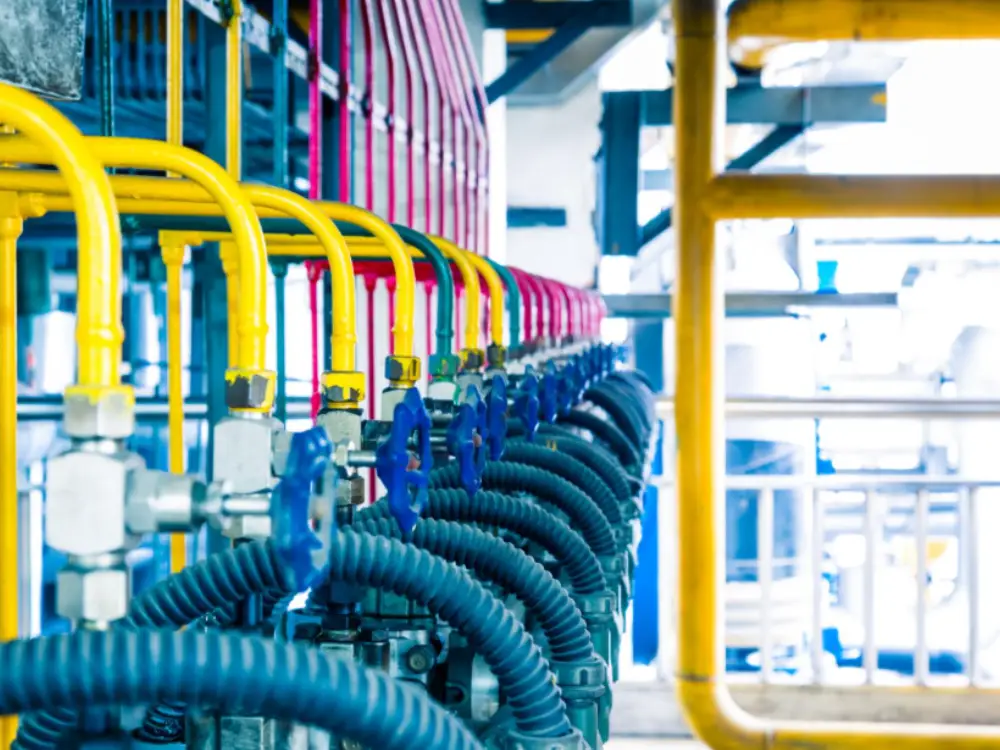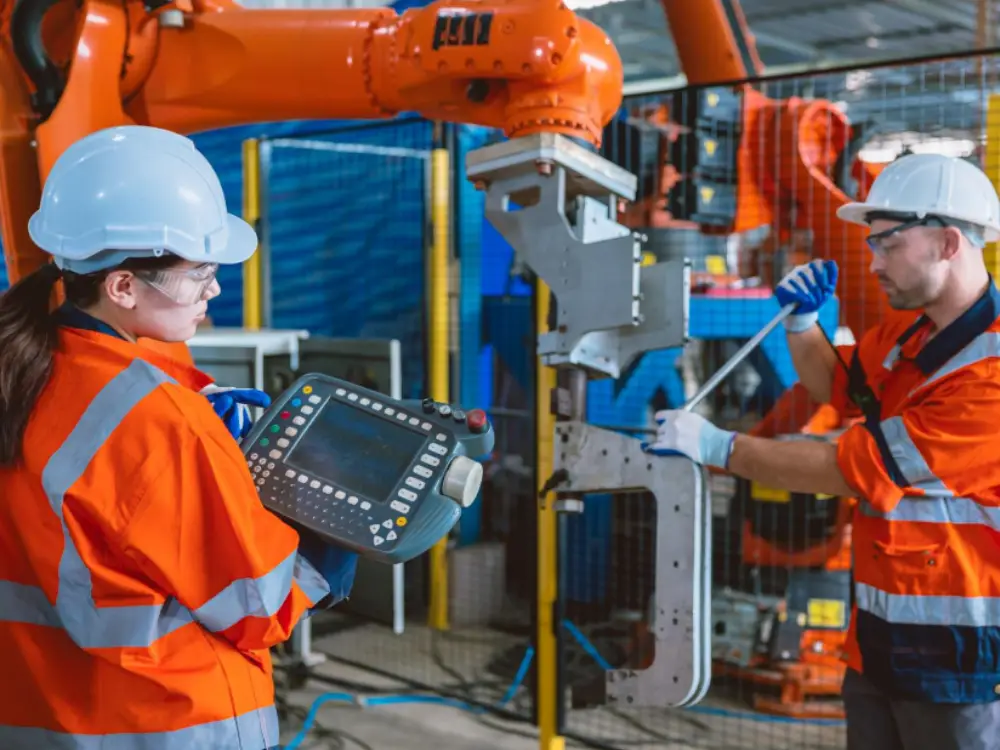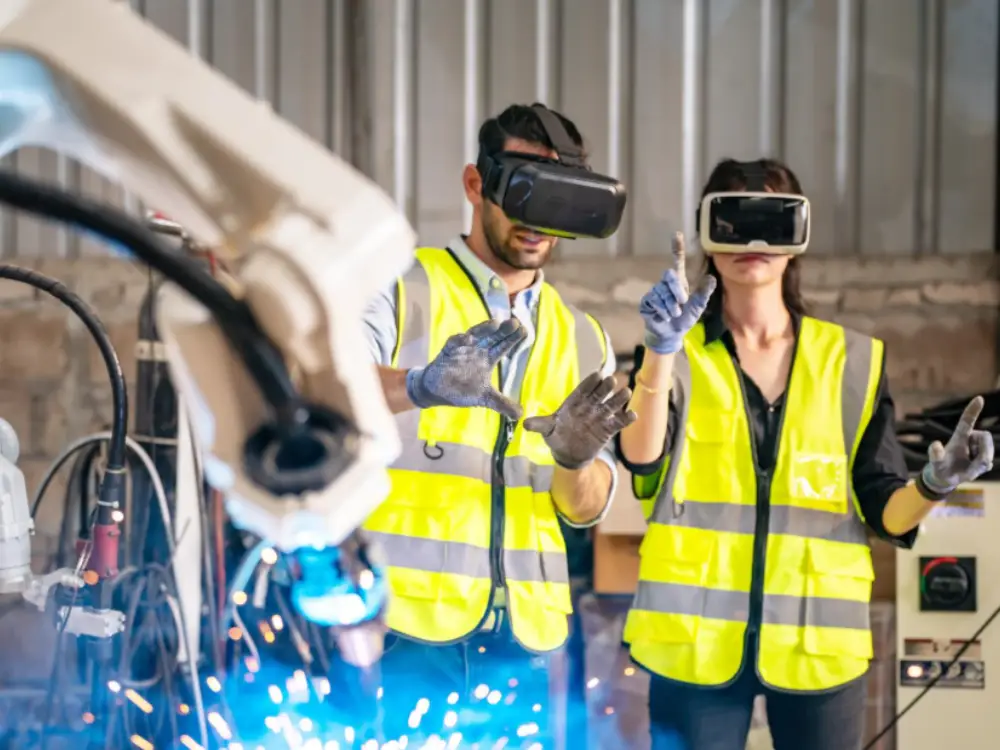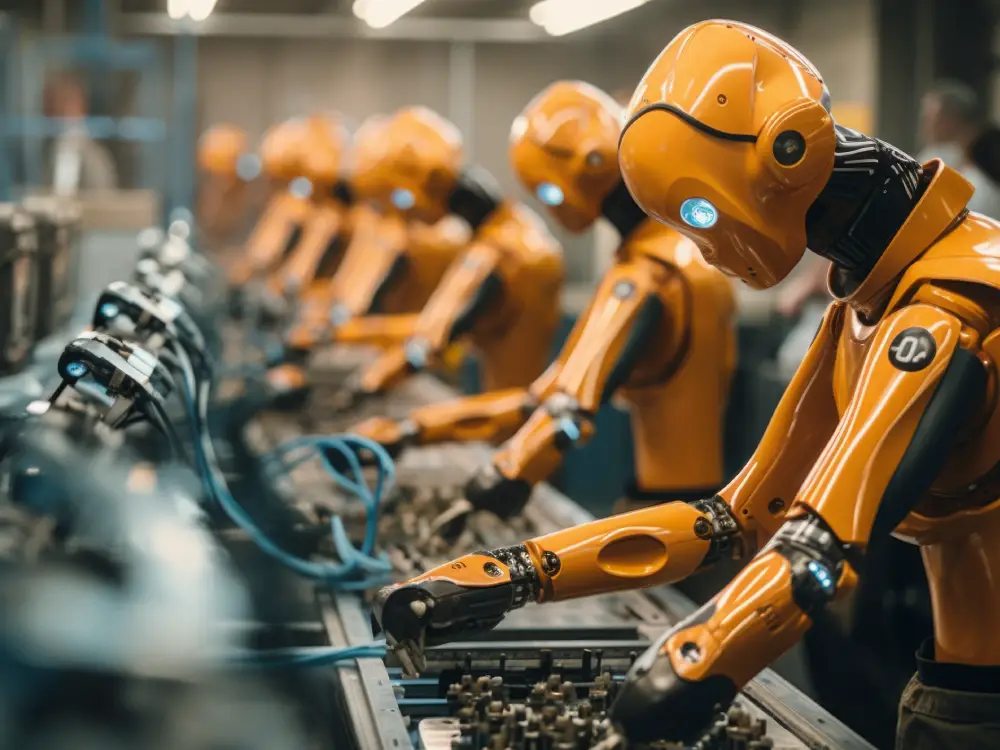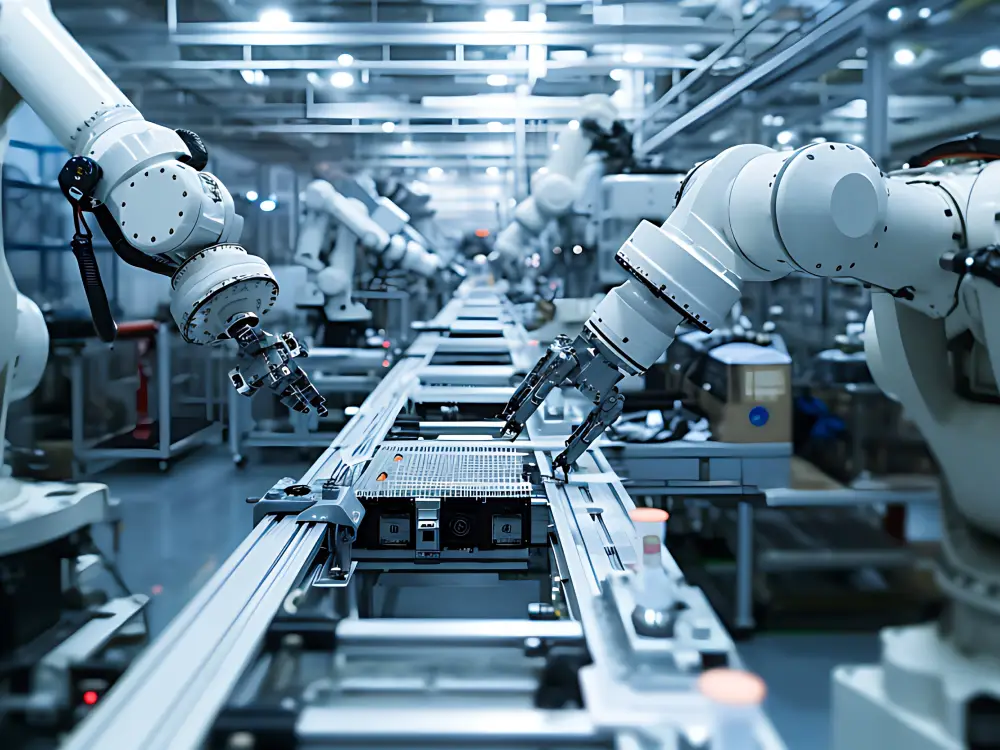In industrial processes, accuracy, efficiency, and dependability are essential. The oil and gas, power generation, chemicals, and pharmaceuticals industries all need well-designed piping systems to keep things running and people safe.
You can see and plan these kinds of systems in a lot of detail with 3D piping designs. It means turning process diagrams into full three-dimensional models. This lets the engineers find any problems, make sure the operation is safe, and get ready for installation and maintenance. These models connect early design ideas to actual buildings and help show how things and plants will look.
Why It’s Important to Design 3D Piping
A plant needs a good plumbing layout to work well. Engineers can see a building in three dimensions with 3D models, find spots where objects don’t fit, and make plans for building and installation.
People often use 3D piping models for:
- Clash detection: Finding collisions between pipelines, equipment, and structures early in the design phase.
- Space optimization: Arranging items so that they take up the least amount of space possible without reducing safety or accessibility.
- Planning for maintenance: Designing systems that can handle regular repairs and inspections.
- Fabrication data: Making isometric drawings, spool drawings, and material take-offs (MTOs) to help with production.
- Digital integration: Preparing for digital twin simulations and long-term operations.
The Process of Designing 3D Pipes
The traditional design process has several steps:
- What You Need to Know to Understand the Process: The first thing you need to do is go over the P&IDs and process information to make sure that everything is working and in line with the rules.
- Equipment Layout: The model shows how to arrange large pieces of equipment like tanks, pumps, and heat exchangers so that they fit in the space and are easy to reach.
- Routing Piping: When you route pipes, you need to consider how well they will flow, how much they will expand when heated, how safe they are, and how easy they will be to fix.
- Placement of Components: The model shows where the fittings, valves, instruments, and supports should go.
- Clash Detection and Coordination: Advanced computer methods are utilized to find and coordinate clashes in space with other areas, such as electrical and structural systems.
- Material and Fabrication Output: You can use the model to make lists of materials, isometric drawings, and spool drawings.
- Stress and Safety Analysis: To make sure the system is safe in all scenarios, it is tested for vibration, pressure, and temperature. ASME, ANSI, and ISO set the rules for these testing.
- Virtual Walkthroughs: You can take virtual tours to see the plant setup and entry points.
- Final Review: Before building, the finished model is checked to make sure that all of the fields are working together.
Tools for Software That Are Used a Lot
Here are several software applications that can help you design 3D pipework:
- Autodesk Plant 3D: A design tool that may be used for plants of any size.
- Navisworks: Used to detect problems and review projects.
- AVEVA E3D / PDMS, Intergraph SmartPlant 3D, and Bentley OpenPlant Modeler: Some of the most used modeling tools for big industrial projects.
The Most Important Things to Know About Designing 3D Piping
- You may see the plant in 3D to plan and review.
- Coordination: Helps civil, mechanical, electrical, and instrumentation engineers work collaboratively.
- Getting Fewer Mistakes: Correct material take-offs and fabrication drawings can help reduce errors and material waste.
- Digital Maintenance: Digital models can help you plan for the long term and maintain everything in good condition.
- Testing and Simulation: Before construction, virtual models ensure the facility is safe and accessible.
What’s New
Here are some things that are changing how 3D piping design is growing:
- Digital Twin Integration: Constructing a digital twin of a real plant to monitor performance and predict failures.
- AI-Aided Optimization: Using AI to help find problems and plan routes.
- BIM and Cloud Collaboration: Making it easier for teams to work together and make real-time changes.
- AR/VR Apps: Using virtual reality to identify safety issues and make designs easier to use.
- Sustainability Issues: Arranging pipes to use less material and minimizing energy loss.
- Fabrication Automation: Linking 3D models directly to automated manufacturing systems.
To Sum Up
3D piping design is a methodical way to plan, see, and understand how factories will work. It looks at things like safety, functionality, and ease of maintenance. Engineers only require 3D models to make judgments when they employ AI, AR/VR, and cloud collaboration.
As industrial processes change, 3D piping design remains an important part of plant engineering. It also supports data-driven operations. By ensuring plans are accurate, layouts are clash-free, and long-term planning is in place; it helps ensure that structures can meet future needs.

